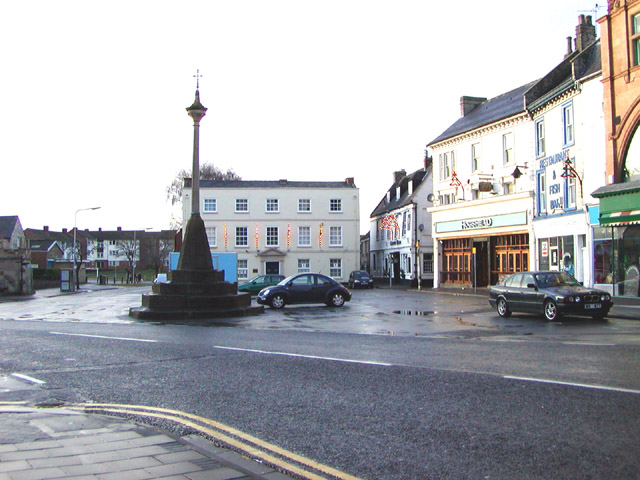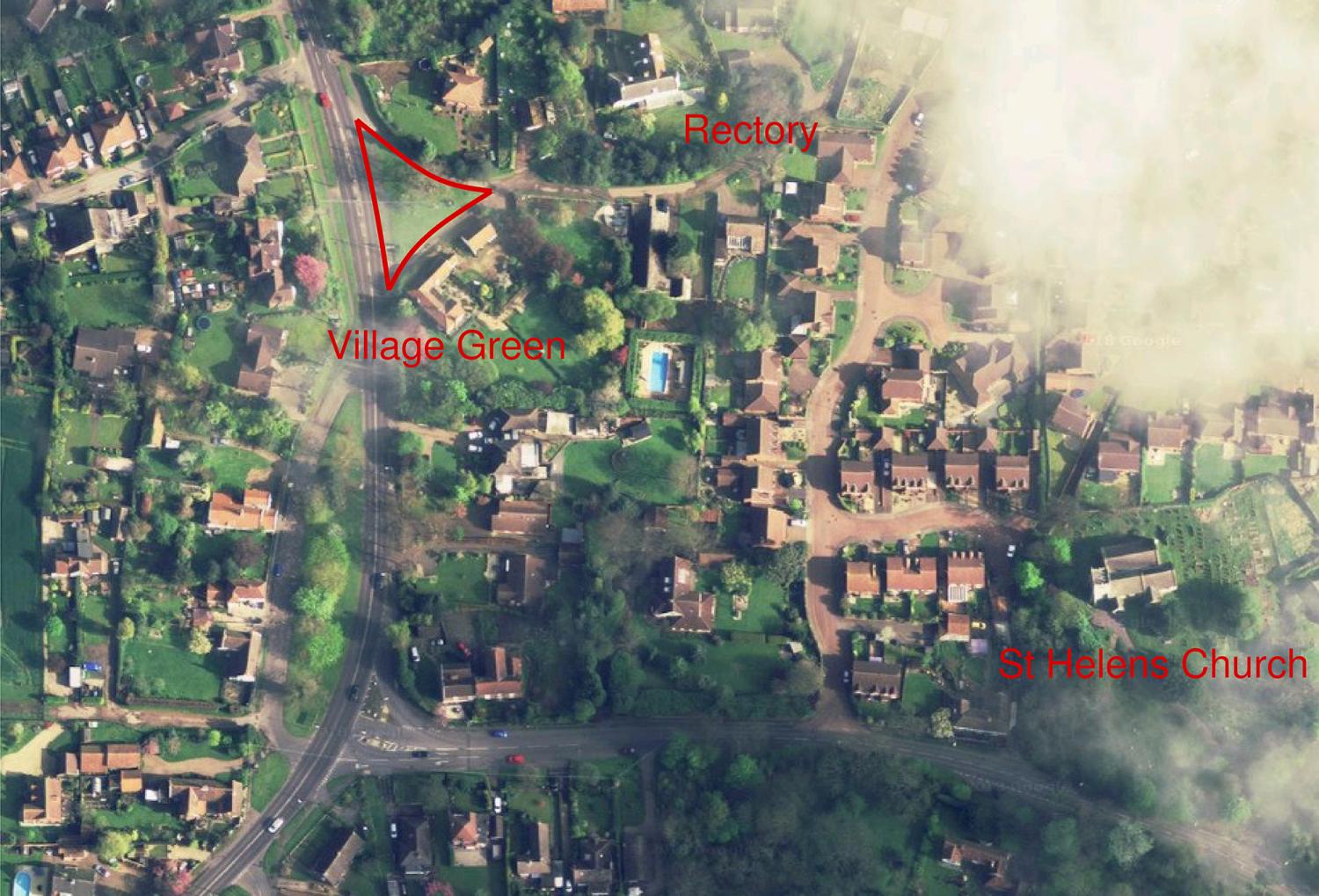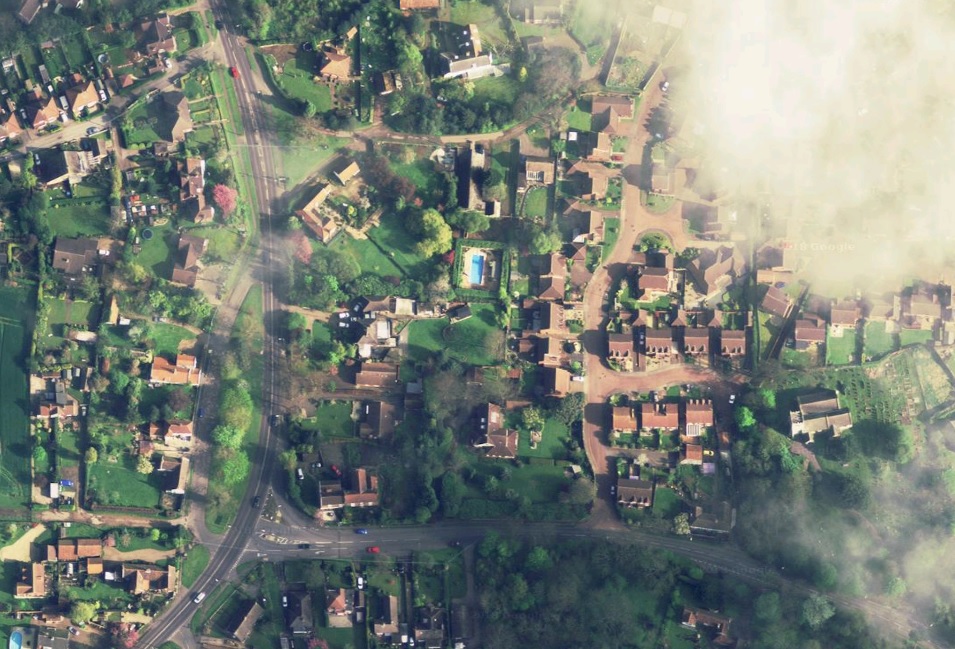Crosses and Greens
What survives today
Topic 2: Crosses and Greens
Crosses
As has already been noted above, medieval village crosses often survive in Lincolnshire. Some of these may be within the church yard, but many are in their original locations, usually by the roadside close to the centre of the settlement.
In larger settlements such as Grantham, the cross may be located in the market place and may have other medieval monuments close by.

Grantham market cross (Photo: Peter Langsdale)
Village Greens
Another feature of settlements that dates back to the medieval period is the village green. Village greens were a piece of common ground, often at road junctions, that were used as a village meeting place. They may be associated with a pond or pump to provide water for livestock that is being moved through the village (droving).
Village greens can vary in size and shape, but many have been lost to increased housing and road improvements. Interestingly the preservation of villages greens was a cause that brought many people in to the conservation movement in England. As a result, many village greens were registered under the Commons Registration Act 1965. The county council still maintains this register as part of the Environment and Planning department.


Aerial view of Lea near Gainsborough showing location of preserved village green.
Village greens are not located on standard OS maps so local knowledge or an application to the council for information is needed to identify them.
Once a village green has been located, map regression can help to establish what it looked like in the past, and possibly indicate associated features such as ponds and moats.
